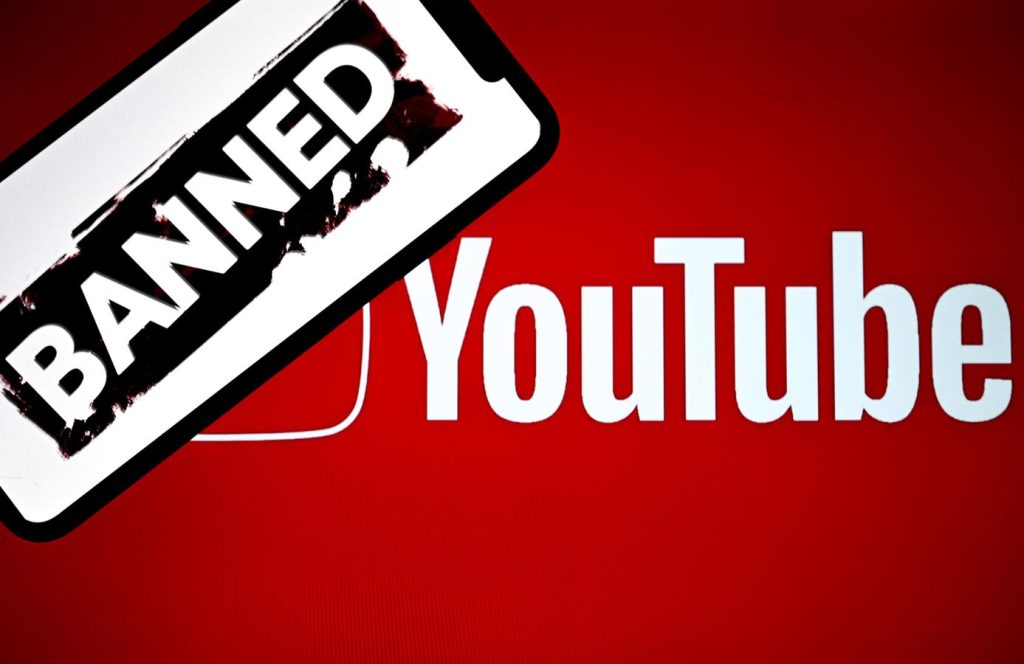YouTube has recently implemented new measures to crack down on ad blockers, including server-side ad injection, which inserts ads directly into the video stream, rendering ad blocking tools ineffective. This new method has caused issues for tools like SponsorBlock, as all timestamps are now offset by the ad times. To prevent incorrect submissions, SponsorBlock has set up the server to reject submissions when it detects users using ad blockers.
Previously, YouTube would display a pop-up message to users detected using ad blockers, urging them to disable the blocker, pay for YouTube Premium, or stop using the platform. However, some ad blockers were undetectable by YouTube, leading the platform to resort to more invasive methods to detect these privacy-preserving tools. Server-side ad injection has been used in YouTube’s mobile apps and is now being tested on the web, causing problems for users on Reddit.
Ad blockers violate YouTube’s Terms of Service, as advertising is a significant source of revenue for Google. Sean Wright, head of application security at Featurespace, believes YouTube’s crackdown is not surprising, as blocking ads will no longer be effective due to the server-side approach. This method makes it challenging for clients to prevent ads from being rendered in the browser, as security controls must be implemented on the server side to prevent client-side tampering.
In addition to cracking down on ad blockers, YouTube is also targeting users trying to access cheaper YouTube Premium subscriptions using VPNs to spoof their location. People have reported their Premium plans being canceled after using a VPN to purchase a subscription from a different region. YouTube can detect if users are lying about their sign-up country, leading to prompts to update billing information.
In response to YouTube’s ad blocker crackdown, users will likely have to choose between tolerating ads or paying for a subscription without ads. Wright suggests that in the future, AI-enabled advertising blocking technology could be developed. Moving to alternative streaming platforms like Vimeo or Dailymotion is an option, but these platforms may not offer the same range of content as YouTube and may also charge fees for access. Overall, YouTube’s efforts to prevent ad blocking are expected to intensify, making it challenging for users to avoid ads on the platform.


